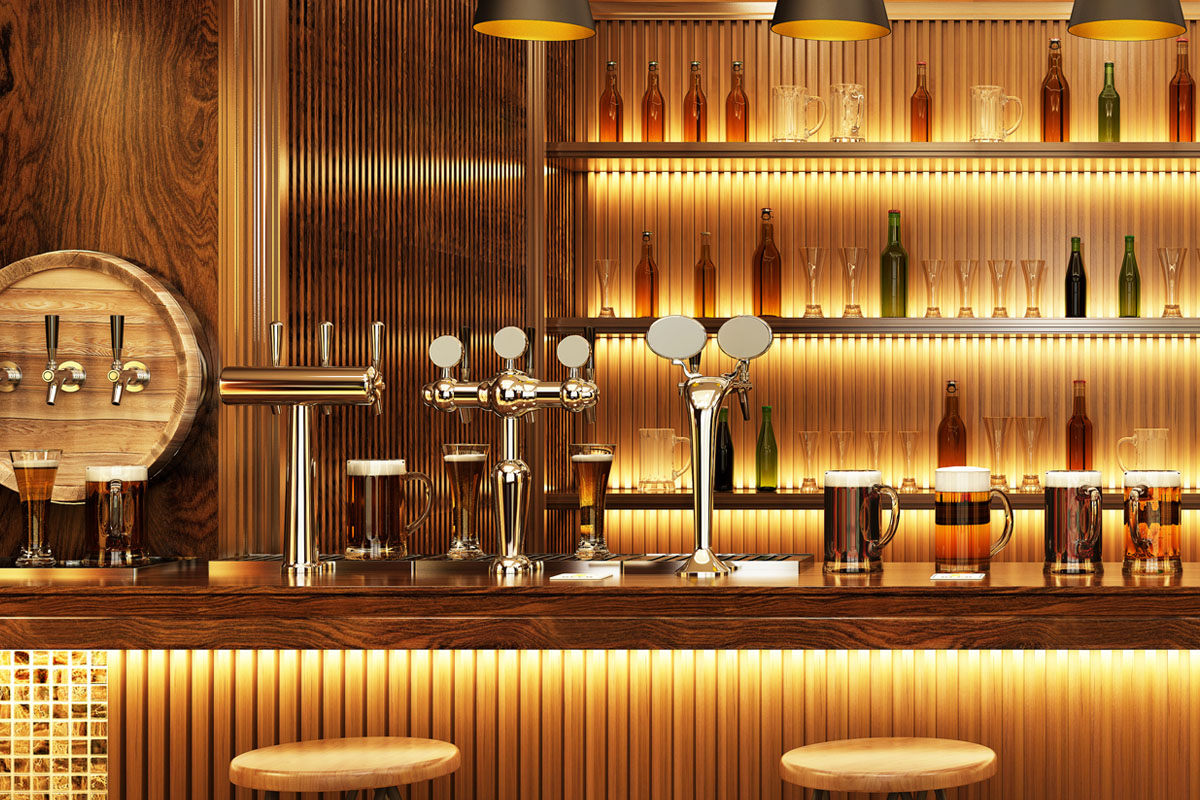Aluminum Angles
How Millwork Companies Use Aluminum Angles and Extrusions
Just about every modern building you see today incorporates some form of architectural millwork. From the cabinetry and crown molding in your home to the modern design of your office building or favorite restaurant, you can thank architectural millwork. It is continuous advancements in commercial construction techniques that allow commercial architectural millwork companies to continue producing eye-catching building designs and at the center of these advancements, you’ll find the consistent need for extruded aluminum angles.
Extruded aluminum angles have been used in commercial architectural millwork for decades as structural components as well as interior and exterior design components. While most commercial projects will require the use of many aluminum grade materials for architecture, it’s the versatility, strength, and utilitarian purpose of aluminum angles that makes it every builder’s best friend.
Common Application & Types of Extruded Aluminum Angles
The varying sizes and shapes that aluminum angles can be fit to, along with its other benefits such as corrosion resistance, lightweight, and cost-effectiveness make it the ideal building component for large and small buildings.
The most common extruded aluminum angles are standard L-shaped extrusions. This type of angle extrusion comes in equal and unequal legs and is mainly used as cross-section or framing components for doors, entranceways, and ceilings as well as corner protection along walls, desks, and store fixtures. Standard L-shaped extrusions come in 1/16”, 1/8”, 3/16”, and 1/4” wall thickness and are usually shaped at a 90-degree angle. However, aluminum angles can also be custom extruded in varying angle degrees lesser or greater than 90-degrees depending on the specific needs of your project.
The other two types of aluminum angles are architectural aluminum angles and structural aluminum angles. Because of the smooth finish of architectural aluminum angles, they are often used in projects to create visually appealing interior and exterior building designs. Many building professionals give their architectural aluminum trim an anodized finish to protect and accent the aluminum features. Architectural aluminum angles are great for designing buildings that incorporate both raw exposed metal with other furnishings to create beautiful modern industrial spaces. Structural aluminum angles, on the other hand, are sometimes less aesthetically pleasing because of their rugged unfinished appearance but structural angles are extremely strong and reliable. Structural aluminum angles are mostly used to support building structures in critical load-bearing areas, hence the name but they can also be used as protection components to guard other building components from damage.
Selecting Aluminum Angles
Depending on your project you will require one of the two types of extruded aluminum angles mentioned above. Before selecting aluminum angles for your building project it’s important to understand how the angles will be incorporated and used. This is where Eagle Mouldings’ exceptional customer service team can step in to help you find just the right aluminum angle. Our skilled professionals will review your project against our extensive inventory and finishing services and guide you through the buying process to make the best and most cost-effective decision.
Looking for more?
Aluminum Angles and Extrusions From Eagle Mouldings
Eagle Mouldings manufactures, warehouses, and stocks high-quality aluminum angles in a wide range of wall thicknesses, lengths, and sizes. Custom aluminum angles can also be designed and created to fit the specifications you require. Eagle Mouldings has the expertise and capabilities to get you the custom or OEM aluminum angles you need to get the job done. Contact us today to discuss our expansive inventory of aluminum angles, unequal leg angles, L-shaped aluminum extrusions and more. Stocked and available in a standard mill finish, anodized or powder coat finishes.


